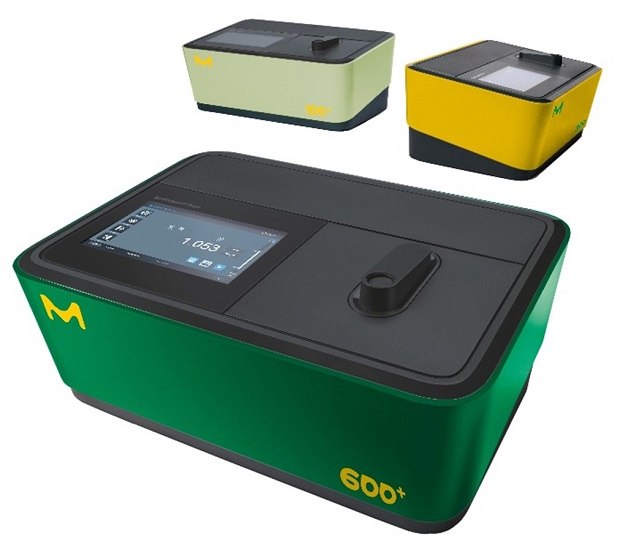Photometric Determination of Ammonium in Mineral Fertilizer Using The Indophenol Blue Method Following an Acid Extraction
Abstract
This protocol describes the use of indophenol blue to measure ammonium in mineral fertilizers using a photometric method after an acid extraction. The approach allows precise measurement of ammonium, a critical component in nitrogenous fertilizers, which is crucial for assessing fertilizer quality and reducing their environmental impact. The process utilizes Spectroquant® test kits and spectrophotometers to ensure accurate analysis.
Section Overview:

Spectroquant® spectrophotometers - Prove 100 plus, Prove 300 plus, & Prove 600 plus
Introduction
Agriculture has been mankind’s earliest occupation and the birth and proliferation of human civilizations was possible only because of consistent evolution of agricultural methods. Improving crop yield has always been the constant stride to feed increasing populations, and in the modern age, mineral fertilizers are considerably depended on for this quest. Mineral fertilizers, with their defined concentrations of plant nutrients like nitrogen and potassium, augment healthy crop growth even on soils that are poor providers of certain mineral nutrients. Ammonium is the basic building block of commercial nitrogenous fertilizers1. It is important to analyze mineral fertilizers and soil to study accurate concentrations of specific nutrients, as their field use not only impacts crop growth but also soil health. Excessive use of nitrogenous fertilizers has shown detrimental effects to the environment, and human health2. Excess ammonium has also been reported to be toxic in higher plants3.
This application note details a photometric ammonium test method for mineral fertilizers, using the indophenol blue method after acid extraction.
Reagents, Instruments and Materials
Ammonium Test Kits/Reagents
For the measurement, one of the following Spectroquant® test kits is necessary:
- Spectroquant® Ammonium Cell Test (1.14544)*
- Spectroquant® Ammonium Cell Test (1.14559)
- Spectroquant® Ammonium Test (1.14752)
- Spectroquant® Ammonium Test (1.00683)
*not compatible with Move 100
Instrument(s) & Devices
For the measurement, one of the following Spectroquant® photometers is necessary:
- Spectroquant® VIS Spectrophotometer Prove 100 Plus (1.73026)
- Spectroquant® UV/VIS Spectrophotometer Prove 300 Plus (1.73027)
- Spectroquant® UV/VIS Spectrophotometer Prove 600 Plus (1.73028)
- Spectroquant® Colorimeter Move 100 (1.73632)
Also, legacy systems
- Spectroquant® Spectrophotometer Prove 100/300/600
- Spectroquant® Photometer NOVA 30/60/60A
Software for Data transfer
- Optional Spectroquant® Prove Connect to LIMS software package (Y.11086) to transfer your data into an existing LIMS system.
Instrument Accessories
- Rectangular cells 10 mm (1.14946) and/or
- Rectangular cells 20 mm (1.14947) and/or
- Rectangular cells 50 mm (1.14944)
Other Reagents and Accessories
Experimental Procedure
Sample Preparation
- In a mill grind down about 30 g of the sample to a fine powder and homogenize.
- Bring 0.5 g of the powdered material to boil with 25 mL water for analysis and 2.5 mL hydrochloric acid 1 mol/L.
- After cooling, filter the mixture through a folded filter, wash the filter 3 times with boiling water for analysis, and collect the filtrate and the washings in a 500 mL volumetric flask.
- Fill up to volume with water for analysis and mix.
- Finally put 10 mL of this solution into a 1000 mL volumetric flask, fill up to volume, and mix.
Analysis
Determine with one of the above-mentioned test kits.
Calculation
Ammonium content in mg/kg NH4+ = analysis value in mg/L NH4+ x 10
See more applications for photometry at Protocols and Application Notes
References
To continue reading please sign in or create an account.
Don't Have An Account?